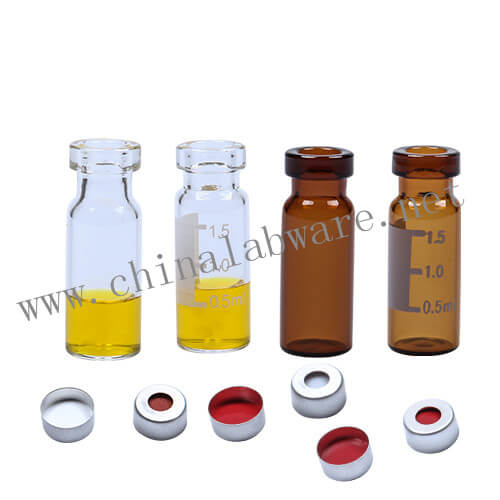If you are interested, please contact us!
The gas source is the source of the gas chromatograph carrier gas and auxiliary gas. The carrier gas used in the instrument is hydrogen, nitrogen, helium, argon, and air.
The choice of carrier gas must first meet the requirements of the gas chromatograph Agilent vialsdetector and also the impact of the analytical method on the analysis cycle, efficiency and sensitivity. For example, from the viewpoint of column efficiency, the diffusion coefficient of the carrier gas is required to be small, and in order to obtain a good peak shape, nitrogen is usually used as a carrier gas.

2ml crimp Agilent vials
For TCD detectors, in order to increase sensitivity, it is common to use large hydrogen (helium) as the carrier gas instead of using nitrogen or argon. Helium is superior to hydrogen in terms of safety and analysis cycle, but China's helium resources are relatively small and relatively expensive, Agilent vialsso the use of hydrogen as a carrier gas is more common. For the FID detector, nitrogen is used as the carrier gas, which is safe and allows for better sensitivity. In summary, the gas chromatograph TCD detector uses hydrogen, helium gas is better, with nitrogen, argon, air sensitivity is relatively low, easy to appear N-type or W-type peak. FID, FPD detectors are commonly used as carrier gases for nitrogen, and hydrogen can also be used in special cases. Gas chromatograph ECD detectors typically use nitrogen asAgilent vials
This is the end of the introduction of Knowledge of the choice of carrier gas source in gas chromatograph I hope it can help you.